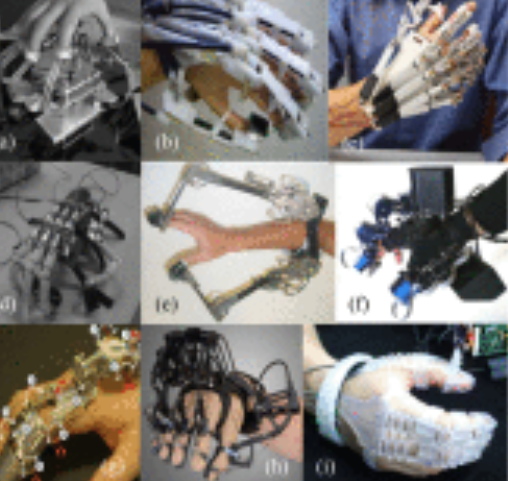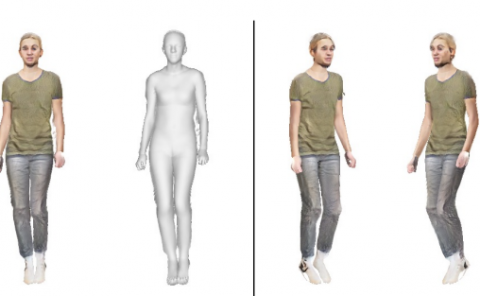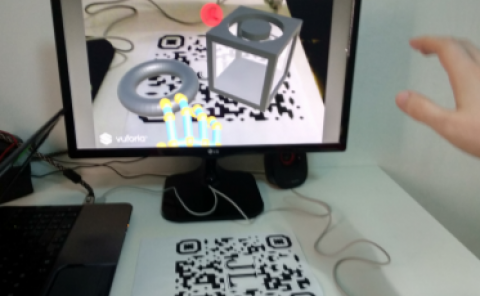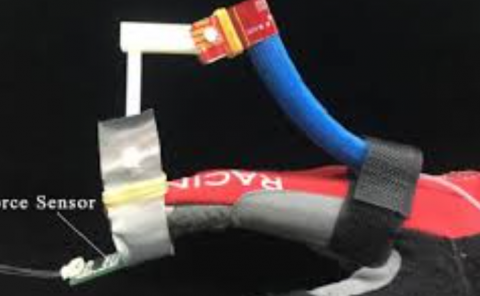A Dual-cable Hand Exoskeleton System for Virtual Reality
PubDate: Feb 2018
Teams: UNIST
Writers: Yeongyu Park;Inseong Jo;Jeongsoo Lee;Joonbum Bae
PDF: A Dual-cable Hand Exoskeleton System for Virtual Reality

Abstract
In this paper, a hand exoskeleton system for virtual reality is proposed. As a virtual reality interface for the hand, a wearable system should be able to measure the finger joint angles and apply force feedback to the fingers at the same time with a simple and light structure. In the proposed system, two different cable mechanisms are applied to achieve such requirements; three finger joint angles in the direction of the flexion/extension (F/E) motion are measured by a tendon-inspired cable mechanism and another cable is used for force feedback to the finger for one degree of freedom (DOF) actuation per finger. As two different types of cables are used, the system is termed a dual-cable hand exoskeleton system. Using the measured finger joint angles and motor current, the cable-driven actuation system applies the desired force to the fingers. That is, when the desired force is zero, the motor position is controlled to follow the finger posture while maintaining the appropriate cable slack; when the desired force needs to be applied, the motor current is controlled to generate the desired force. To achieve a smooth transition between the two control strategies, the control inputs were linearly integrated; and the desired motor position was generated to prevent a sudden motor rotation. A prototype of the proposed system was manufactured with a weight of 320g, a volume of 13 × 23 × 8cm3, maximum force up to 5 N. The proposed control algorithms were verified by experiments with virtual reality applications.



